A Bear Bets Big as Starbucks Hits New High
by Alex Hanson | January 31, 2012 9:37 am
Starbucks (NYSE:SBUX[1]) investors enjoyed a jolt Monday as an intraday reversal took the shares out of losing territory[2] all the way to a new all-time peak. The stock closed just south of this high-water mark, up 63 cents at $48.48.
While this continued upside was good news to SBUX shareholders and soy latte fans everywhere, it got one sizable options trade off on the wrong foot. During the first half-hour of Monday’s trading, one Starbucks bear sold a ratio put spread, indicating the expectation of downside over the next few months. The spread in question expires in July, giving the investor a little breathing room for this move lower to transpire.
The Trade Specifics
One side of the ratio spread was the July 40-strike put, which saw 12,900 contracts trade for $1.23 apiece, the bid price at the time of the trade. On the other side was the July 45 put, where 6,000 contracts traded for $2.57 apiece (the ask price at the time).
In both trades, volume far exceeded existing open interest at the strike, indicating that the positions were trading to open. At the end of the day, these options were trading for $1.11 and $2.32, respectively, so they had already lost value amid the stock’s recovery.
Calculating the Net Credit
The 12,900 farther-from-the-money 40-strike puts were sold for a grand total of $1,586,700, or the number of contracts sold times the factor of 100 times the credit of $1.23. This measures up against the 45-strike puts, which were bought for a net sum of $1,542,000. When all was said and done, the overall credit was a relatively slight $44,700. (This is a slightly unconventional ratio spread as the number of options purchased isn’t an exact factor of the number of options sold. A traditional ratio spread has a factor of 2 to 1 or 3 to 1.)
A ratio spread may seem rather complicated, but it’s one way of financing the purchase of a put that is closer to the stock price through the sale of more puts at an even lower strike. Sometimes, such as in the Starbucks example, this even results in a net credit. In exchange for this reduced capital, the investor’s profit potential is limited.
The Profit and Loss Scenario
As you can see in the chart, the profit peaks right at the sold (40) strike and is limited to the difference in strike prices plus the credit collected. Risk below this level, however, is substantial. South of the breakeven point of $35.59, losses are unlimited down to the zero mark. Unlike a traditional spread, in which the sides cancel one another out, the ratio spread has heightened risk due to the “uncovered” short put. Meanwhile, above 45, gains are limited to the $44,700 credit collected at the time of the trade.
 [3]
[3]
In an ideal world for this spread seller, SBUX would lose about 17% of its value between now and July options expiration. Closing right at 40 would mean the maximum profit potential for the trader. Any move far below that, however, could be cause for concern.
- SBUX: http://studio-5.financialcontent.com/investplace/quote?Symbol=SBUX
- losing territory: http://markets.financialcontent.com/investplace/news/read/20505734/starbucks_breaks_below_its_10
- [Image]: https://investorplace.com/wp-content/uploads/2012/01/BG-Moon-SBUX-1-31.png
Source URL: https://investorplace.com/2012/01/a-bear-bets-big-as-starbucks-hits-new-high/